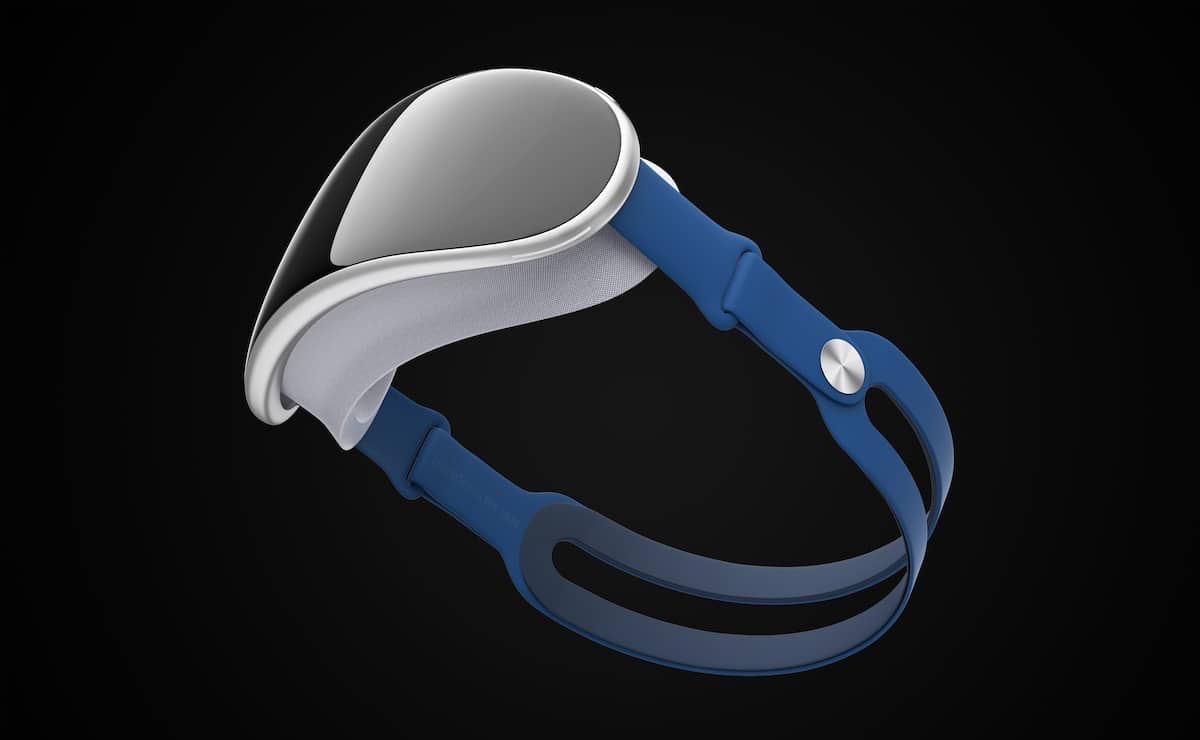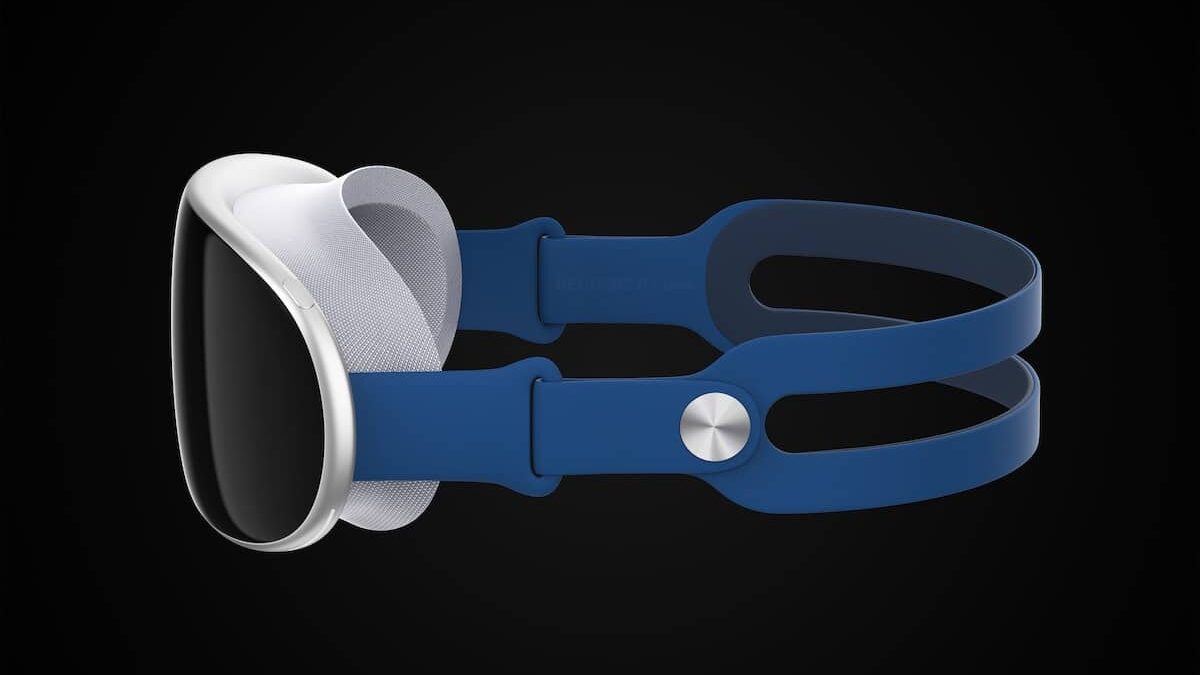Apple’s AR/VR headset will use a 96W USB-C power adapter, the same one that the 14-inch MacBook Pro users. The headset will also use two chips – the first being 5nm, while the second would be 4nm. Combined, these are expected to produce the same performance as the M1 chip that is used in the latest MacBook Air and 13-inch MacBook Pro.

Apple AR/VR headset: two chips and 96W USB-C power adapter
As per a new note by Ming-Chi Kuo, seen by MacRumors, Apple’s headset will feature two chips, 5nm and 4nm each, and ship with a 96W USB-C power adapter.
While it is not really useful information regarding the power adapter, we can assume that Apple will ship a charger with the AR/VR headset. Apple has famously stopped shipping chargers with some of its popular products like the iPhone and Apple Watch, so this is welcome news.
It is interesting to note that Apple does not ship the 96W power adapter with the base model 14-inch MacBook Pro – the company charges an additional $20 on top of the $1,999 price tag. Otherwise, users get a 67W power adapter, which does not support fast charging.
Considering that Apple intends its mixed-reality headset to be used for short periods of time, one would assume that a relatively slow charging rate should also suffice. Perhaps, the number of displays and chips would require the beefy 96W power adapter.
We have been covering Apple’s upcoming headset regularly and it is expected to launch in 2022. Here is what we know about its features so far:
The headset’s design is will be similar to Facebook’s Oculus but will be lightweight and weigh less than 150 grams, for more comfortable all-day wear. Apple will use Fresnel’s hybrid ultra-short focal length lenses and OLED displays with 3,000 PPI. It will also feature three displays, not the traditional two.

The headset will be powered by a powerful M1-like processor, and will support hand gesture detection, eye tracking, iris recognition, voice control, skin detection, facial expression detection, and spatial detection for input.
Apple’s first foray into mixed-reality headsets will not be cheap. It is expected to cost several thousand dollars as the first-generation headset will be higher-end, aimed at professionals and developers to expand Apple’s ecosystem in AR/VR. However, we all know how Apple surprised us with the pricing of the first iPad, so we would not bet against a lower price tag.
Read more: